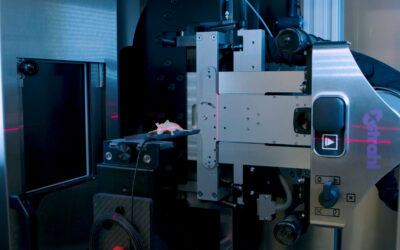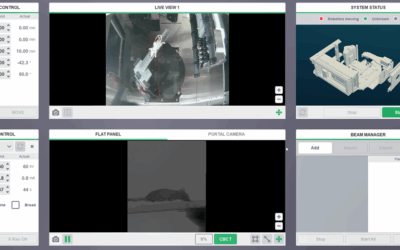To study radioresistance in esophageal adenocarcinoma, we generated an isogenic cell line model by exposing OE33 esophageal adenocarcinoma cells to clinically relevant fractionated doses of radiation (cumulative dose 50 Gy). A clonogenic assay confirmed enhanced survival of the radioresistant OE33 subline (OE33 R). To our knowledge, we are the first to generate an isogenic model of radioresistance in esophageal adenocarcinoma. This model system was characterized in terms of growth, cell cycle distribution and checkpoint operation, apoptosis, reactive oxygen species generation and scavenging, and DNA damage. While similar properties were found for both the parental OE33 (OE33 P) cells and radioresistant OE33 R cells, OE33 R cells demonstrated greater repair of radiation-induced DNA damage. Our results suggest that the radioresistance of OE33 R cells is due at least in part to increased DNA repair.
Niamh Lynam-Lennon, John V Reynolds, Graham P Pidgeon, Joanne Lysaght, Laure Marignol, and Stephen G Maher
Download Paper
SPOTLIGHT: Behind the Beam: Tips, Tricks, and Translational Research from the Karolinska Institutet X-ray Irradiation Core Facility
Access the highly anticipated Xstrahl SPOTLIGHT Session, "Behind the Beam: Tips, Tricks, and Translational Research from the Karolinska Institutet X-ray Irradiation Core Facility," on demand now. This essential recording is a must-watch for radiation researchers and...







